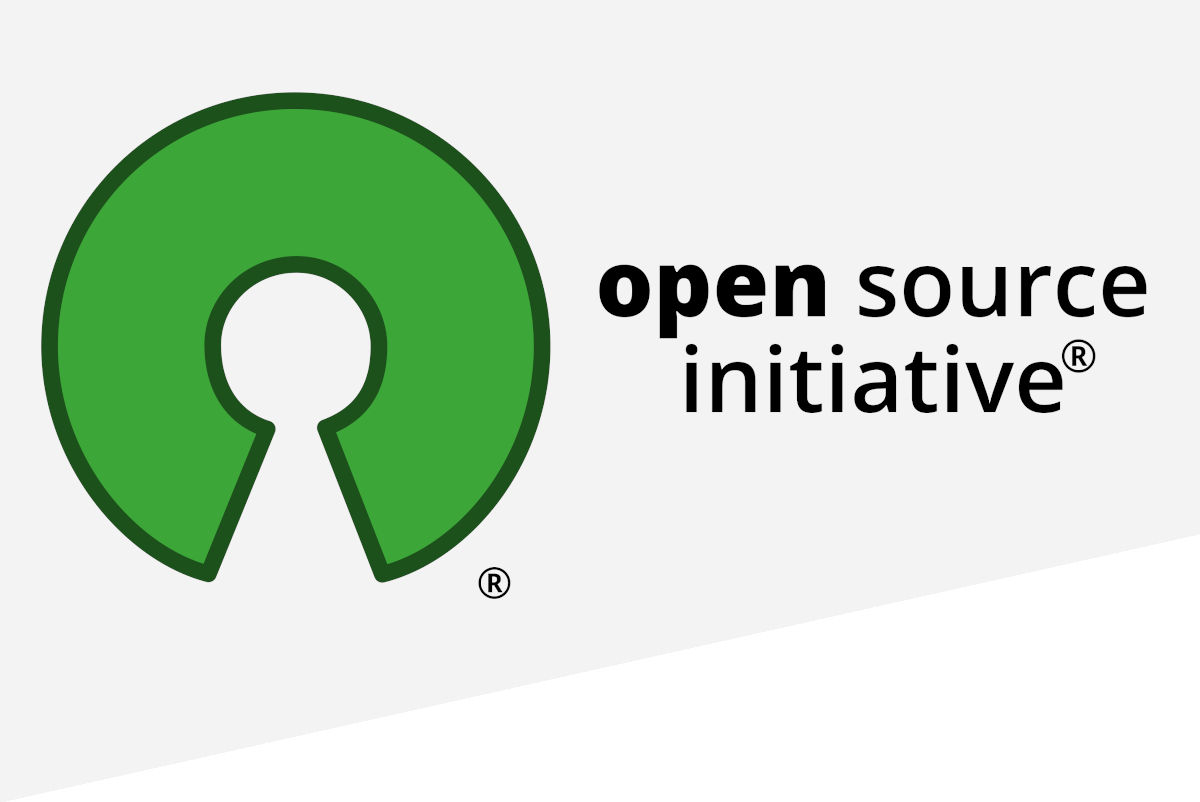Key moments in the Open Source world: the term Open Source
As early as 1985, the ambiguous nature of the word “free“, used to describe software freedom, was identified as problematic by Richard Stallman himself. In the GNU Manifesto, he identified “give away” and “for free” as terms that confused zero price with user freedom.
“Free as in freedom“, “(Free) speech, no (free) beer“, and similar mantras were common when free software reached the general audience in the late 1990s, but several personalities argued that a term was needed to make the concept closer to the general public.
After Netscape released the Mozilla source code in 1998, a group of people, including the top leaders of the free software world, met in Palo Alto to discuss an alternative term. The term “open source” was coined by Christine Peterson to describe free software, and the Open Source Institute was founded by Bruce Perens and Eric Raymond.
The main difference with proprietary software was the availability of the source code, so this was the first thing that the brand had to consider.
Later that year, at a summit hosted by Tim O’Reilly, an expanded group of some of the most influential people in the free software world at the time came together to discuss various new free software brands. In the end, “open-source” was more popular than “sourceware“, and open source began to be adopted by many projects in the community.
There were also disagreements. Richard Stallman and the Free Software Foundation continued to defend the term “free software“, because for them, the fundamental difference from proprietary software was the freedom of the user, while the availability of the source code was only a means to that end. Stallman argued that removal, in the name, of the focus on freedom would lead to a future where source code would be available, but the user of the software would not be able to make use of the freedom to modify the software.
With the advent of web-deployed software as a service and open source firmware embedded in devices, the battle continues today.
También hubo desacuerdos. Richard Stallman y la Free Software Foundation continuaron defendiendo el término “free software“, porque para ellos, la diferencia fundamental con el software propietario era la libertad del usuario, y la disponibilidad del código fuente era solo un medio para ese fin. Stallman argumentó que la eliminación en el nombre del focoe en la libertad llevaría a un futuro donde el código fuente estaría disponible, pero el usuario del software no podría hacer uso de la libertad de modificar el software.
Con la llegada del software como servicio y el firmware de fuente abierta implementados en la web integrados en los dispositivos, la batalla continúa desarrollándose hoy.




